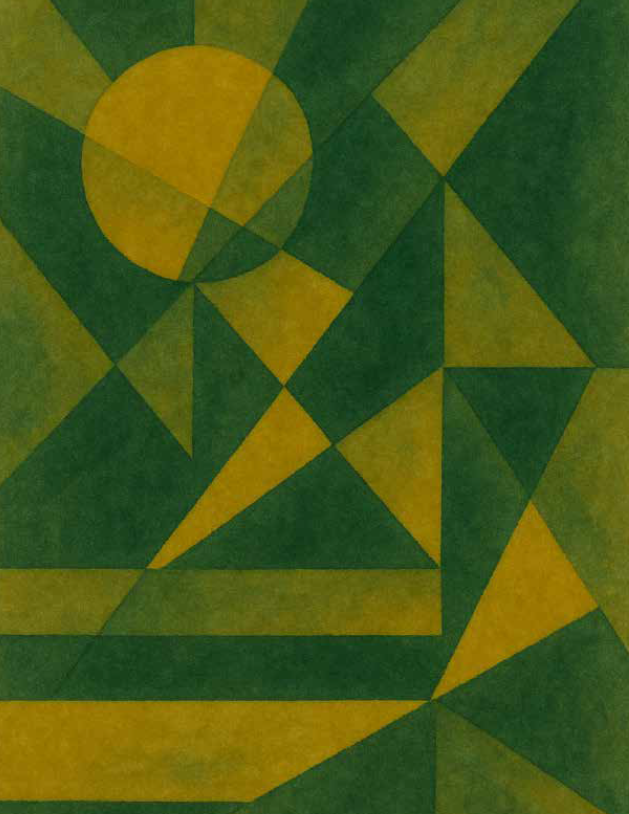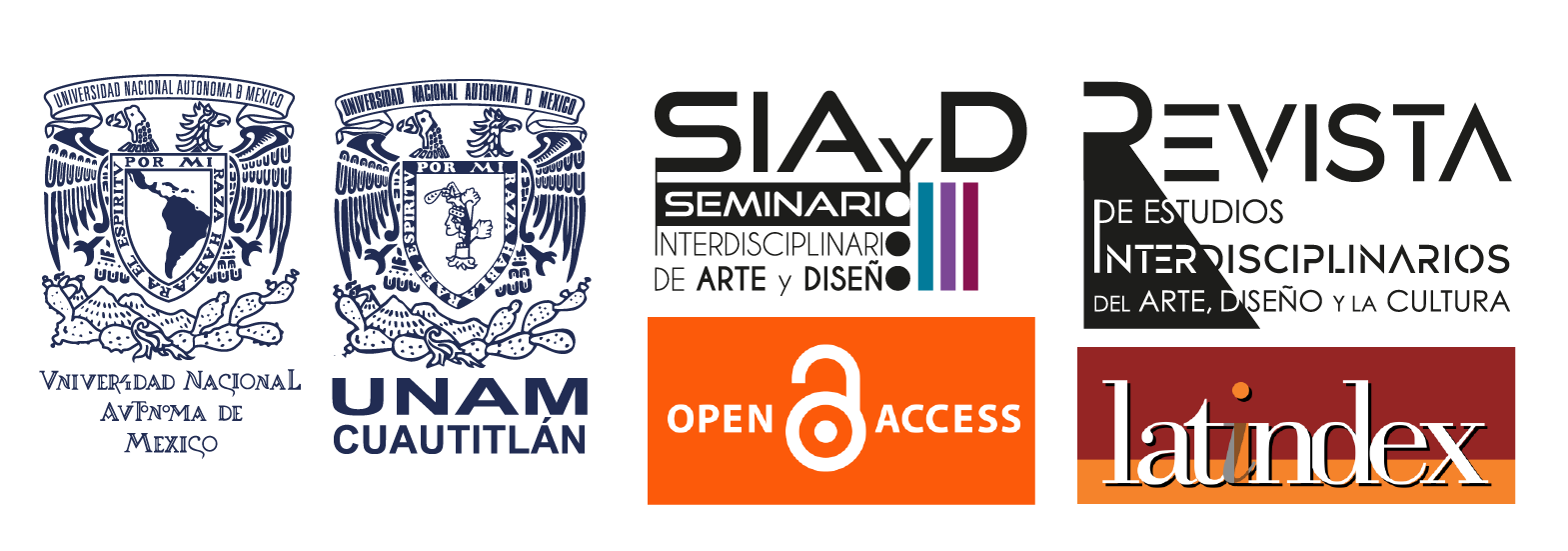Reinterpretar el diseño mediante técnicas de representación tradicionales asiáticas: ink wash
Reinterpreting design through traditional Asian representation techniques: ink wash
Palabras clave:
Diseño, Arquitectura, Inkwash, Técnicas, RepresentaciónResumen
Este proyecto parte de la idea de que los “diseños” y la “ingeniería” modernas surgieron de las siete bellas artes originales, como la arquitectura y la pintura. Con el tiempo, estas conexiones se han perdido, pero deberían reconsiderarse, ya que aún pertenecen a las humanidades, que cada vez enfatizan más el aspecto humano. Las técnicas de expresión gráfica han evolucionado, pero algunas, como las chinas, mantienen elementos tradicionales al registrar la vida cotidiana. El proyecto se enfoca en el shui mo hua (pintura con tinta) de China, una técnica extranjera. Se diseñan estrategias, como implementar talleres sobre estas técnicas, para motivar a estudiantes, docentes y egresados a adoptarlas en su desarrollo profesional. Aunque el enfoque es la arquitectura, otras bellas artes o campos de las humanidades también podrían beneficiarse.
Abstract
This project starts from the idea that modern “designs” and “engineering” originated from the original seven fine arts, like architecture and painting. Over time, these connections have been lost, but they should be reconsidered, as they still belong to the humanities, which increasingly emphasize the human aspect. Graphic expression techniques have evolved, yet some, like Chinese techniques, maintain traditional elements as they document daily life. The project focuses on shui mo hua (ink wash painting) from China, a foreign technique. Strategies, like implementing workshops on such techniques, are designed to encourage students, faculty, and alumni to adopt them in their professional development. While the focus is on architecture, other fine arts or humanities fields could benefit as well.
Keywords: Design. Architecture. Inkwash. Representation. Techniques. Engineering.
Descargas
Citas
Hokusai, K. (1849). Treinta y seis vistas del monte Fuji. Nishimuraya Yohachi.
Lansonneur, L. (2020, 29 de mayo). 10 artistas contemporáneos de tinta que están transformando el medio. The Artling. https://theartling.com/en/artzine/10-contemporary-ink-artists-reshaping-medium/
Liang, K. (1140-1210). Drunken Celestial [Pintura]. Museo del Palacio Nacional, Taipéi.
Moments Log. (2023, 8 de julio). Revelando la belleza de la pintura china a tinta: pinceladas, monocromía y estética Zen. https://www.momentslog.com/culture/unveiling-the-beauty-of-chinese-ink-wash-painting-brushwork-monochrome-and-zen-aesthetics
Qi, B. (1957). Pinturas de Qi Baishi. People’s Fine Arts Publishing House.
Ruo, M. (2018). Chinese brush painting. A beginner’s step by step guide [Pintura china con pincel. Una guía paso a paso para principiantes]. Shanghai Press.
Shen, Z. (1509). Paisajes de Shen Zhou [Pintura]. Colección privada.
Xu, B. (1953). Obras de Xu Beihong. People’s Fine Arts Publishing House.
Yi, W. (2020, 22 de agosto). Historia de la pintura china a tinta. Asian Art ABC. https://pluralartmag.com/2020/08/22/i-is-for-ink/
Zhang, Z. (1085-1145). Along the River During the Qingming Festival [A lo largo del río durante el Festival Qingming] [Pintura]. Museo del Palacio, Pekín.

Descargas
Publicado
Cómo citar
Número
Sección
Licencia

Esta obra está bajo una licencia internacional Creative Commons Atribución-NoComercial-SinDerivadas 4.0.
Revista de Estudios Interdisciplinarios del Arte, Diseño y la Cultura es una publicación cuatrimestral editada por la Universidad Nacional Autónoma de México, Ciudad Universitaria, Alcaldía Coyoacán, C.P. 04510, Ciudad de México, a través de la Facultad de Estudios Superiores Cuautitlán, ubicada en km. 2.5 carretera Cuautitlán Teoloyucan, San Sebastián Xhala, Cuautitlán Izcalli, Estado de México. C.P. 54714. Tel. 5558173478 ext.1021 https://masam.cuautitlan.unam.mx/seminarioarteydiseno/revista/index.php, seminario.arteydiseno@gmail.com. Editora responsable: Dra. Alma Elisa Delgado Coellar. Certificado de Reserva de Derechos al Uso Exclusivo número 04-2022-031613532400-102; ISSN 2992-7552, ambos otorgados por el Instituto Nacional del Derecho de Autor. Responsable de la última actualización de este número a cargo de la Dra. Alma Elisa Delgado Coellar, Facultad de Estudios Superiores Cuautitlán, carretera Cuautitlán-Teoloyucan Km 2.5, San Sebastián Xhala, Cuautitlán Izcalli, C.P. 54714, Estado de México.
El contenido de los artículos es responsabilidad de los autores y no refleja necesariamente el punto de vista de los árbitros ni del Editor o de la UNAM.
Se autoriza la reproducción total o parcial de los textos no así de las imágenes aquí publicados, siempre y cuando se cite la fuente completa y la dirección electrónica de la publicación.





